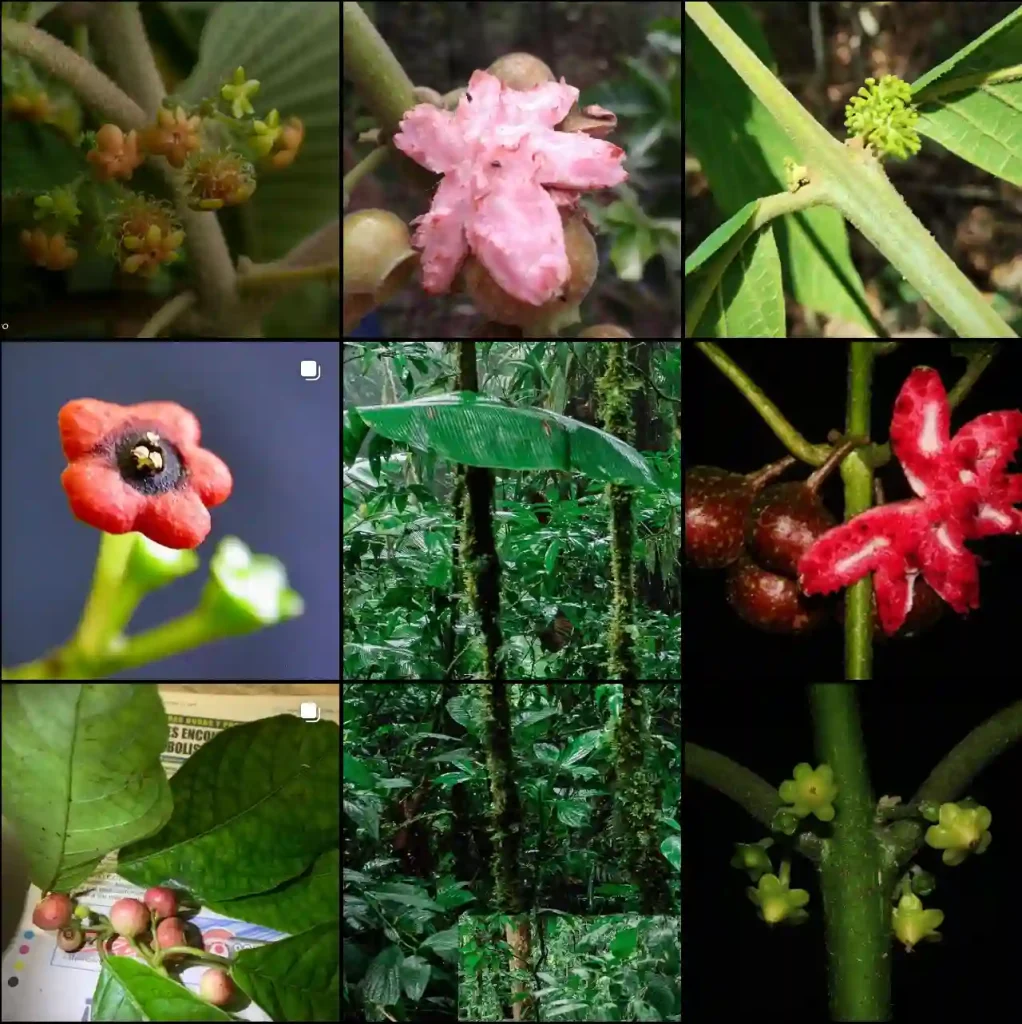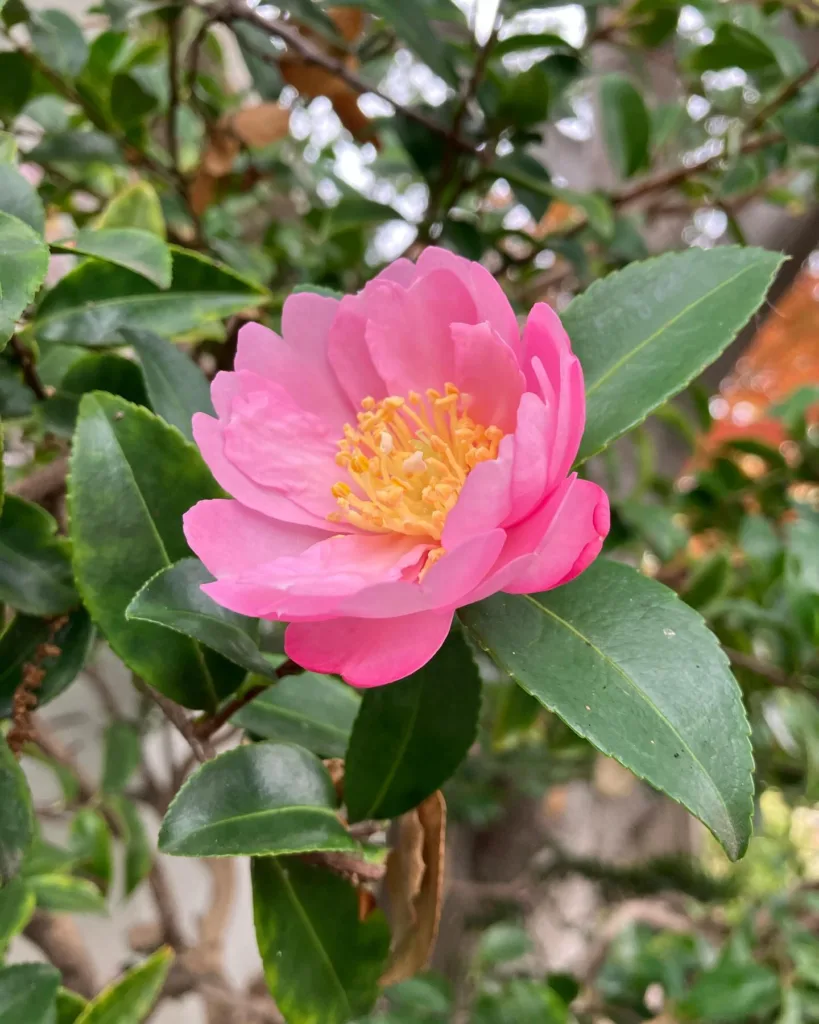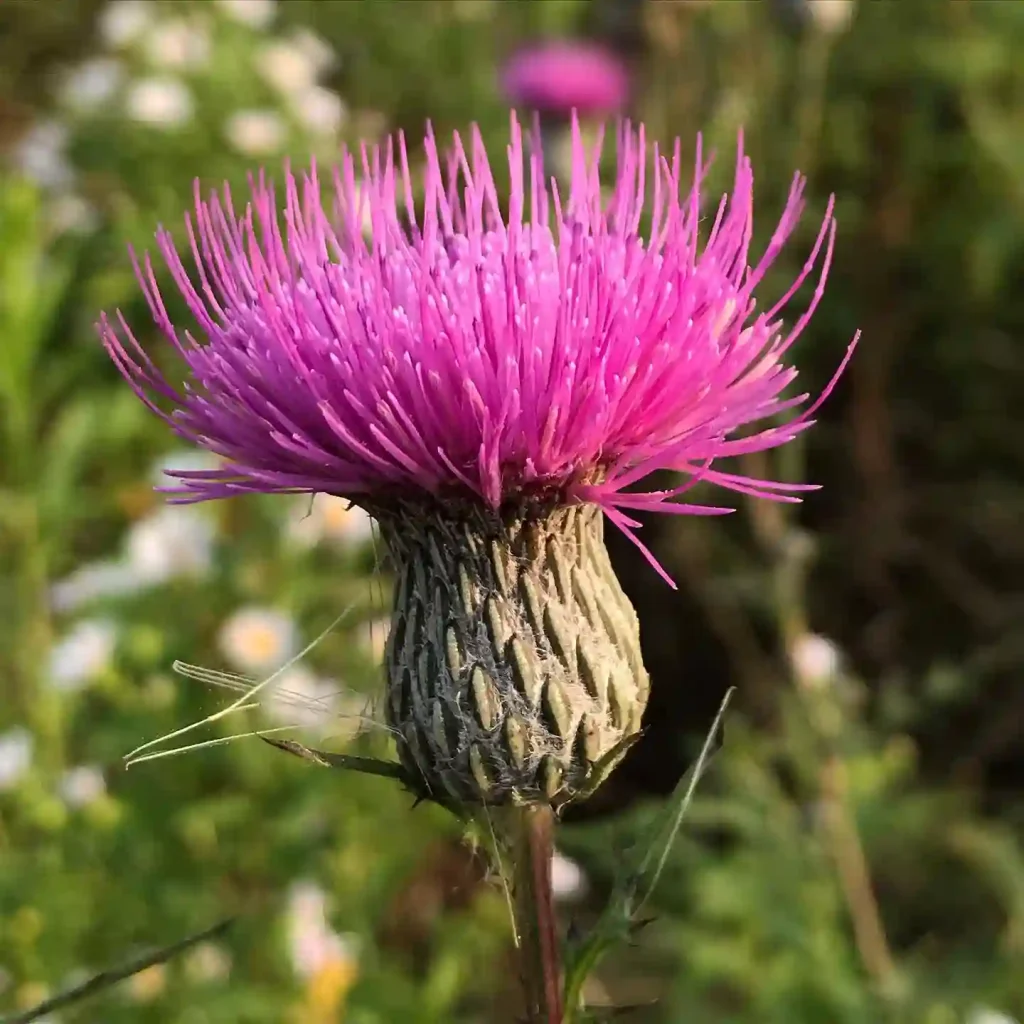FAQs About Lonicera Pileata
Lonicera Pileata, commonly known as the Box Honeysuckle, is a versatile and attractive plant that can enhance any garden with its lush, dense foliage. As a gardener, I’ve often found myself pondering the best practices for caring for this plant. Here’s a detailed FAQ to help you get the most out of your Lonicera Pileata.
162 Species in Genus Lonicera
What is Lonicera Pileata?
Lonicera Pileata is a hardy, evergreen shrub native to China. It’s known for its glossy, dark green leaves and its ability to form a dense, compact hedge. The plant is also valued for its small, inconspicuous flowers and its ability to tolerate a range of conditions, making it a popular choice for hedges, borders, and ground cover.
How to Care for Lonicera Pileata?
Caring for Lonicera Pileata is relatively straightforward. It thrives in well-drained soil and prefers a sunny to partially shaded location. While it is quite adaptable, it performs best with regular watering during dry periods. Mulching around the base of the plant helps retain moisture and keep the soil temperature consistent.
When to Prune Lonicera Pileata?
Pruning Lonicera Pileata is essential to maintain its shape and encourage healthy growth. The best time to prune is late winter or early spring before new growth begins. This timing helps the plant to recover quickly and promotes dense foliage. For shaping, prune the plant lightly throughout the growing season to keep it tidy and compact. Avoid heavy pruning in late summer or fall, as this can stimulate new growth that may be damaged by winter frost.
How to Propagate Lonicera Pileata?
Propagating Lonicera Pileata is best done through cuttings. In late summer or early fall, take semi-hardwood cuttings from healthy plants. Dip the cut ends in rooting hormone and plant them in a well-draining potting mix. Keep the cuttings in a warm, bright location with high humidity until they develop roots. Once rooted, they can be transferred to their permanent spots in the garden.
What to Plant with Lonicera Pileata?
Lonicera Pileata pairs well with a variety of plants. For a harmonious look, consider planting it alongside other evergreen shrubs like Boxwood or Euonymus. To add color and texture, mix in flowering perennials such as Daylilies or Coneflowers. If you want to create a more naturalistic setting, combine it with ornamental grasses or native wildflowers.
Can You Grow Lonicera Pileata Indoors?
While Lonicera Pileata is typically grown outdoors, it can be grown indoors in large containers. Ensure it receives ample light, ideally from a south-facing window, and maintain consistent moisture levels. Indoor plants may need occasional feeding with a balanced fertilizer to support their growth.
Is Lonicera Pileata Toxic?
Lonicera Pileata is not known to be toxic to pets or humans. However, it’s always a good idea to monitor pets and children around plants to ensure they do not ingest large quantities, as even non-toxic plants can cause minor digestive issues if consumed in excess.
Benefits of Lonicera Pileata
One of the major benefits of Lonicera Pileata is its versatility. It’s ideal for creating privacy screens, hedges, and ground cover due to its dense growth habit. Its evergreen nature ensures that your garden remains green and lush year-round. Additionally, it’s relatively low-maintenance, making it an excellent choice for busy gardeners.
Common Problems with Lonicera Pileata
While Lonicera Pileata is generally robust, it can encounter some issues. Watch out for common pests like spider mites and aphids, which can cause leaf discoloration and damage. Fungal diseases such as powdery mildew can also affect the plant, particularly in humid conditions. Regular inspection and proper watering can help mitigate these problems.
Lonicera Pileata vs Lonicera Nitida
Lonicera Pileata is often compared to Lonicera Nitida, another popular honeysuckle species. Both are used for similar purposes, but they have distinct differences. Lonicera Nitida, also known as the Box-leaved Honeysuckle, tends to have a finer, more delicate foliage compared to the broader leaves of Lonicera Pileata. Additionally, Lonicera Nitida can be more cold-hardy, making it suitable for cooler climates. However, Lonicera Pileata generally offers a denser growth, which can be more advantageous for creating robust hedges.
Compare with Other Confused or Similar Items
Lonicera Pileata is sometimes confused with other evergreen shrubs like Holly or Yew. While all these plants can be used for similar landscaping purposes, they differ in their growth habits and foliage characteristics. For example, Holly has spiny leaves and produces red berries, while Yew has needle-like foliage and is known for its longevity. Understanding these differences can help you choose the right plant for your specific needs.
In summary, Lonicera Pileata is a versatile and attractive plant that can enhance various garden settings. With proper care and attention to pruning, propagation, and pairing with other plants, it can be a valuable addition to your garden.
If i die, water my plants!



